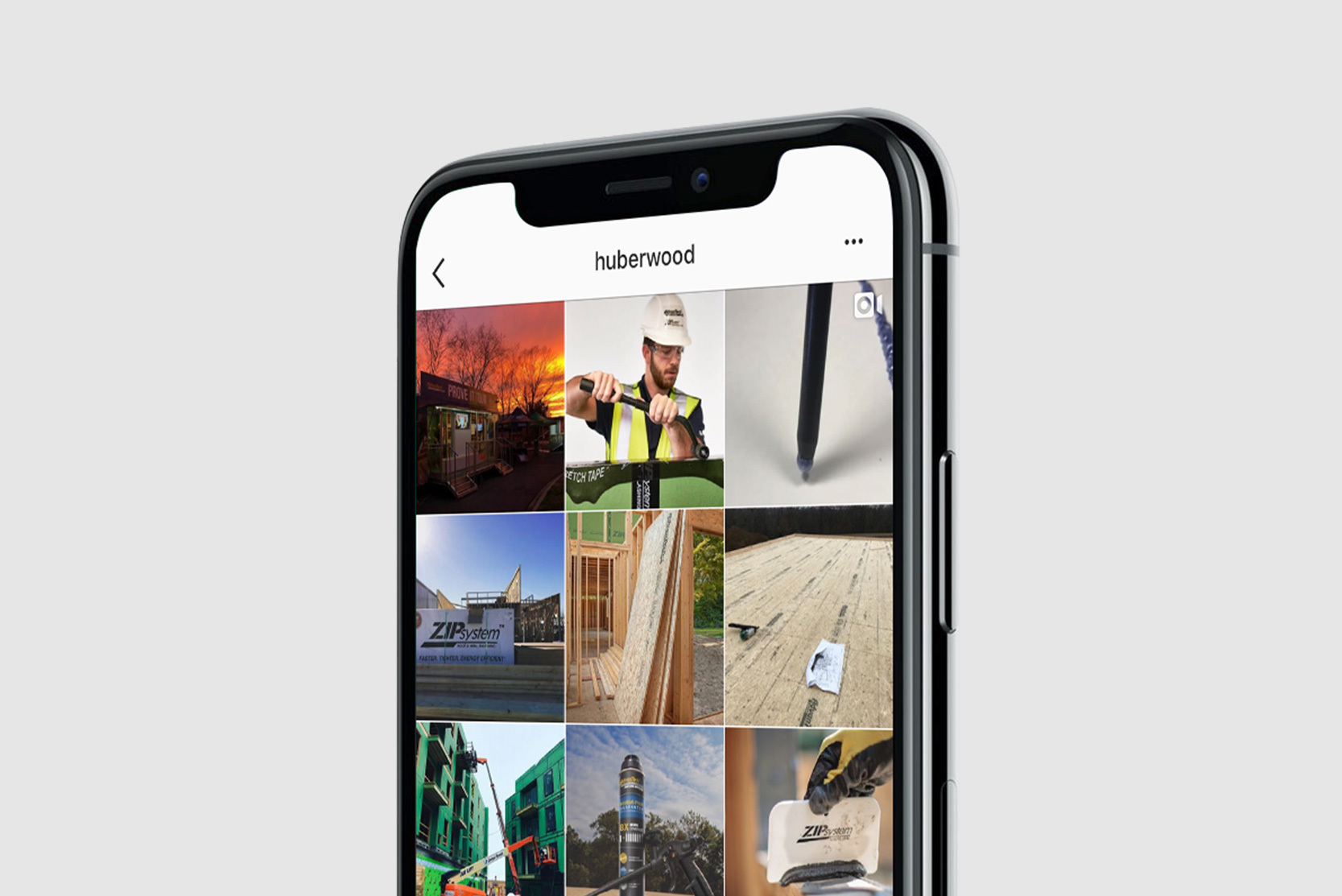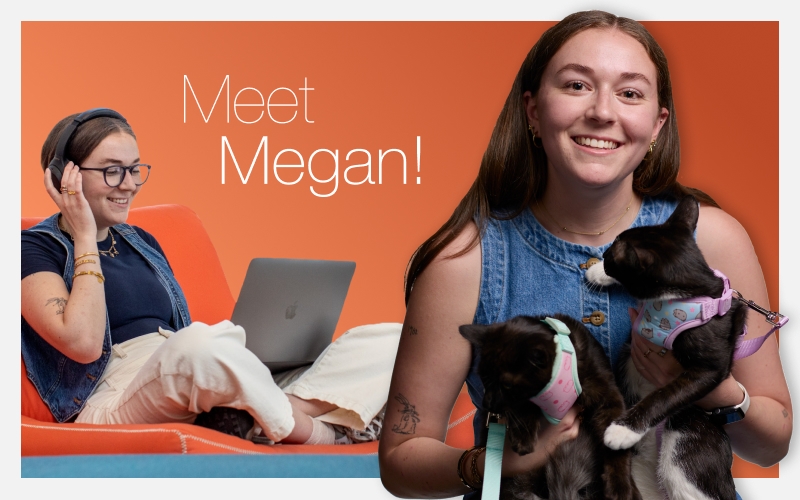Inspiration
How are human interaction and storytelling changing, and what do these changes have to do with marketing?
For the answers (and more questions), I typed an email to Ashley Davis, an author and frequent speaker with corporate experience in media and advertising. Ash wrote a book about letter writing — 2016’s “A Life Through Letters” is a tribute to his late father and the subject of his 2017 TEDx talk. In today’s technology-filled, fast-paced world where sound bites, acronyms and emojis are the norm, Ash urges people to connect on a deeper, more personal level. Lucky for me, he replied to my email and agreed to talk by phone.
LE: The handwritten letter is a dying art, but you hope to change that. What makes letter writing so special today?
AD: We live in a digital world. It’s easy to get caught up in a flurry of DMs, instant messages, emojis and texts, and sometimes we forget there’s actually somebody on the other end of that communication, taking the time and the thought to tell us how they feel.
That’s why I encourage putting pen to paper. Write it down. Address it. Put a stamp on it. Go to the mailbox. If you do these things, people take notice.
When I was writing “A Life Through Letters,” I mailed a short note to a good musician friend in Nashville. Three days later, I got a phone call. He’d received my letter and was so shocked he wanted to make sure I wasn’t sick or in some program where I had to reach out to people.
LE: Talk about the technology we’ve invented for communication — from scratching on stone tablets to sending emojis.
AD: It’s not just social media, but social media that completely disappears not long after you read it. Snapchats are gone after 24 hours. They leave no legacy.
There’s nothing wrong with the technology. In fact, at one of my talks recently, a guy raised his hand. He was a war correspondent and lugged a typewriter around Europe during World War II. He loves email. Technology is pervasive in our lives and can often be helpful. But if you allow it to replace human interaction rather than augment the human condition, you’re doing it wrong.
Technology is supposed to be part of our life, not become our entire life.
LE: How we communicate with other humans is changing, but artificial intelligence is evolving, too. We saw Sony’s Aibo robo-puppies and LG’s CLOi robots at South by Southwest®(SXSW®). And some Hollywood stories, such as Bicentennial Man (1999), AI (2001) and Her (2013), are becoming more real every day. Does that scare you?
AD: We’ve already passed the year (2015) Marty McFly visited in Back to the Future. Think about some of the things in that movie that people looked at and said, “That’s never gonna happen.” Now, I’m wearing earbuds, talking to you on a phone that’s 14 feet away from me. Things that weren’t imaginable when we were younger are real today.
Where the world goes next does scare me. And it’s not one little thing, like the robo-puppy, or a single event. It’s more of a slow creep of these little “improvements” that make life easier, and meanwhile, you don’t realize they’re taking away from your human connections. My kids don’t remember a world without social media. That’s how they communicate.
LE: So, would you buy a robo-puppy for your boys?
AD: My kids want a dog really bad, and it doesn’t work for us right now. One of my sons already has a little robot. He can drive it around and record stuff happening in other rooms, and even that freaks me out.
I would not buy a robo-puppy.
LE: Can you picture a robot penning handwritten letters?
AD: It already happens. You can hire a company called Bond — I downloaded the app to see what it’s like. You type what you want the letter to say and send it with a handwriting sample, and a robot in a warehouse takes a pen and writes your letter for you.
LE: Call me old-school, but I don’t think I’m ready to outsource my handwriting to robots.
LE: OK, let’s talk about storytelling. What are some of the traits of great storytelling? What does it have to do with marketing?
AD: I focus mainly on letter writing as a way to leave a legacy, but there are so many marketing applications. When I do workshops, I talk about understanding your audience. Share things they relate to. Figure out what inspires them or moves them to action. Tell THAT story.
“Know your audience” is such a cliché in marketing. But in this day and age, with the market so fragmented and the need to be direct with the people you want to reach, you have to know what motivates and moves them. That’s part of understanding human connection — and moving the marketing needle.
LE: Does great storytelling make great marketing? The human element of storytelling helps drive an emotional response to a product, so stories should work better than product specs, right?
AD: I think it makes whatever you’re trying to sell no longer a commodity. Everybody’s got some product idea. And you’re competing against all of those ideas. If yours is purely a commodity, they’ll look at two things: price, which is No. 1, and performance. If you go to buy a keyboard on Amazon, and you only know that one is $39.99 and the other is $59.99, you’ll buy the cheaper one for your kid.
Now, if a video shows a 3-year-old playing the more expensive keyboard, adding drumbeats, and you can visualize your kid doing that, suddenly it’s worth the extra $20.
LE: Some people say we’re getting too digital. At SXSW, Wray Ward heard from digital anthropologist Brian Solis, who urges people to “escape from the dark side of distractions” like apps. But we live in a digital world — that won’t change. How can marketers humanize communication on digital channels?
AD: Beyond that video of a kid playing the keyboard, it all goes back to storytelling. We don’t always succeed at painting a picture with words. If you can tell a story that gets people to react when they read your words, you’ll have good results.
The ironic part is that today you need some form of digital media to get your story to people. So, figure out the best way for your brand to authentically replicate the human experience on a digital platform. The more you can do that, the better you’ll be. Then, can you take that strategy offline?
You have to set yourself apart by creating an ecosystem of communication. It’s not just about your Twitter feed or your Instagram post. How do those things collectively lead someone to seek you out and want to learn more?
Start with your story. Then, what you want is for the customer to create their own story with your product — and hopefully that version of the story’s even better than yours.

See how one manufacturer reaches builders via Instagram.
LE: Here’s the million-dollar question: where should we go from here?
AD: I think the people who will be successful are the ones who will figure out how to consistently take the digital communication that’s necessary in the world today and translate that into a human connection. Something that doesn’t exist within a 280-character construct.
Even if you create a connection digitally, you have to figure out how to expand on it. Otherwise, we’ll get a sterile, commoditized society. And at the end of the day, nobody wants that. Everyone wants the human experience.
Author’s note: Ash and his family moved to New Jersey in 2017, but he still travels to Charlotte for business and suggested we catch up over coffee during a planned visit this summer. Ash — I’ll see your coffee and raise you conversation!

